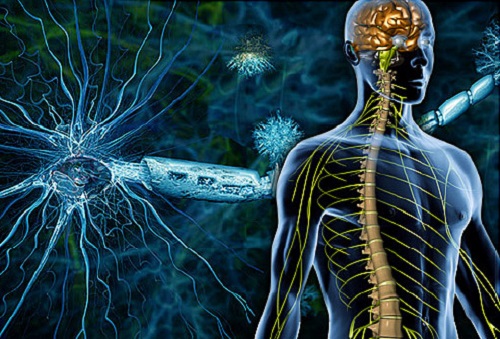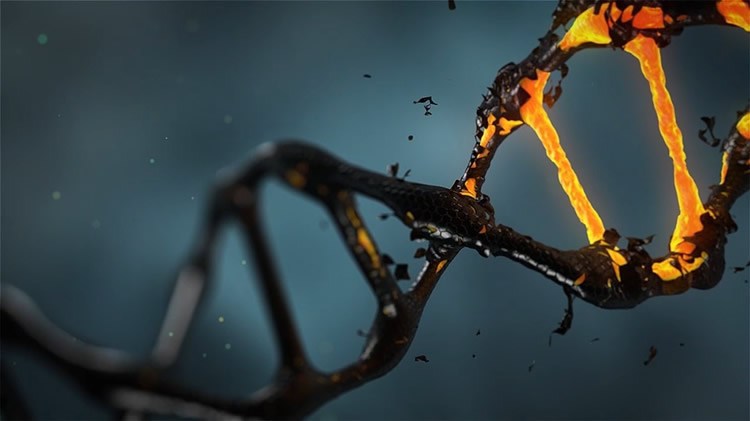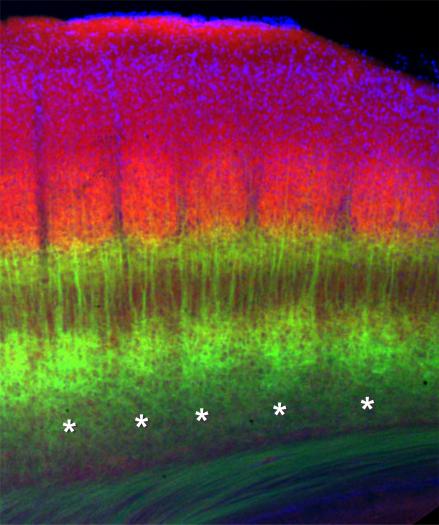A study by UCLA researchers reveals the cellular basis for how the hormone estrogen protects against damage to the central nervous system in people with multiple sclerosis (MS). The researchers found that estrogen treatment exerts positive effects on two types of cells during disease — immune cells in the brain and also cells called oligodendrocytes. Complementary actions on these two types provide protection from disease. Multiple sclerosis is a chronic autoimmune, neurodegenerative disease marked by visual impairment, weakness and sensory loss, as well as cognitive decline. These symptoms emerge when…
Read MoreCategory: Brain
Cancer Overrides the Circadian Clock to Survive
Tumor cells use the unfolded protein response to alter circadian rhythm, which contributes to more tumor growth, Hollings Cancer Center researchers at the Medical University of South Carolina (MUSC) find. A key part of the circadian clock opposes this process, according to a paper published online Dec. 11 in Nature Cell Biology. For tumors to grow and spread, cancer cells must make larger than normal amounts of nucleic acids and protein, so they can replicate themselves. Yet in both normal and cancer cells that increase their synthesis of protein, a…
Read MoreHow Machine Learning May Change Jobs
Machine learning computer systems, which get better with experience, are poised to transform the economy much as steam engines and electricity have in the past. They can outperform people in a number of tasks, though they are unlikely to replace people in all jobs. So say Carnegie Mellon University’s Tom Mitchell and MIT’s Erik Brynjolfsson in a Policy Forum commentary to be published in the Dec. 22 edition of the journal Science. Mitchell, who founded the world’s first Machine Learning Department at CMU, and Brynjolfsson, director of the MIT Initiative on the…
Read MoreDiscovery Deepens Understanding Of Brain’s Sensory Circuitry
Because they provide an exemplary physiological model of how the mammalian brain receives sensory information, neural structures called “mouse whisker barrels” have been the subject of study by neuroscientists around the world for nearly 50 years. A new study shows that despite all that prior scrutiny, significant discoveries remain to be made. Specifically, researchers at Brown University have found a previously unknown set of matching barrel structures two layers deeper into the cortex than the whisker barrels, providing a more complete picture of the circuitry involved in handling sensory information.…
Read MoreWhy Are Genetically Identical Individuals Different? Ask Your Mom!
Does the age of a mother influence the traits and characteristics of her progeny, and how? A team of scientists at the Centre for Genomic Regulation (CRG) in Barcelona have addressed these questions by studying tiny, genetically identical C. elegans worms. Their results have been published in Nature. “Our lab has long been interested in understanding why genetically identical individuals sharing the same environment still often differ substantially in their characteristics,” explains Ben Lehner, ICREA Professor and Coordinator of the Systems Biology Program at CRG. “Through a rather circuitous route, we have…
Read More




